A cranial helmet is an orthotic device used in orthotic technology that gently reshapes an infant’s head to achieve a more natural and balanced form.
Learn more about our orthopaedic technology services and how our skilled team supports your mobility and well-being.
Make an appointment over the phone or send us a message!
What can I do?
My child has a head deformation.
It’s not uncommon for babies to develop flat or asymmetrical spots on their heads in the first few months of life—such as a flattened back (brachycephaly) or a lateral shift (plagiocephaly). These so-called skull deformities can occur before or during birth, or develop afterwards due to preferred sleeping positions.
Often, parents, pediatricians, or therapists are the first to notice these deformities. From a top-down view, you might see that one side of the back of the head is flattened or that one ear is positioned further forward than the other. Importantly, the earlier treatment begins, the better the chances of success—both cosmetically and in terms of possible functional effects, such as those affecting the jaw.
Alongside repositioning therapy and physiotherapy, a custom-made cranial remolding orthosis—like the MyCRO Band—can be a gentle and effective way to help restore a symmetrical head shape.
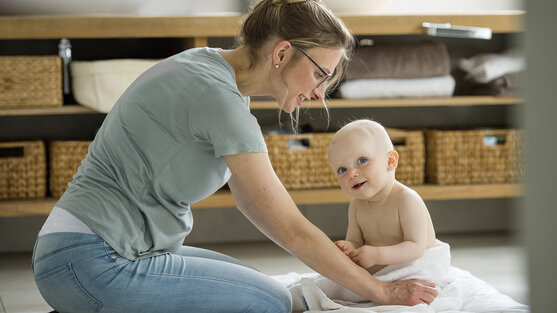

Helmet therapy with the MyCRO Band
A proven treatment
If physiotherapy does not achieve the desired results, a cranial remolding orthosis—also known as helmet therapy—is a well-established option.
The MyCRO Band supports the natural growth of a child’s skull and gently guides it into a harmonious, symmetrical shape. Wearing the band is completely pain-free, as it doesn’t apply pressure to the head—instead, it creates targeted space for growth.
Treatment should ideally begin between the 3rd and 8th month of life. During this period, the skull bones grow especially quickly and can be easily shaped. The earlier the therapy starts, the shorter and more effective the treatment usually is.
How does MyCRO Band work?
The MyCRO Band is a custom-made cranial orthosis that guides natural head growth into a symmetrical shape by creating targeted free spaces (growth zones). Areas with more deformation are gently restricted by the perfectly fitting shell—without applying any pressure.
Typically, the helmet is worn about 23 hours a day and is only removed briefly for bathing or cleaning. It is introduced gradually at first to help the baby get comfortably used to wearing it.
A major advantage of the MyCRO Band is that it requires fewer follow-up appointments compared to conventional helmet therapy—providing practical relief for busy parents.
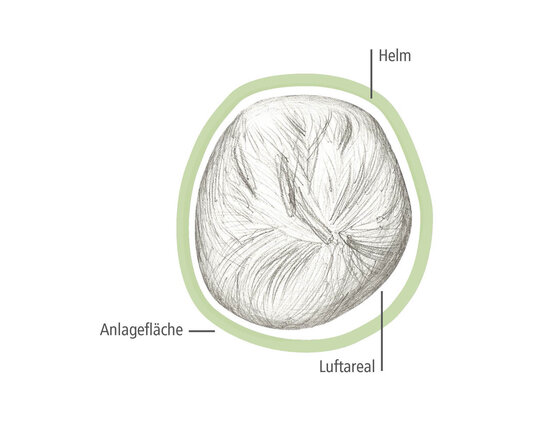

Manufacturing the MyCRO Band
The production of the MyCRO Band starts with a quick, contactless 3D scan that is completely safe for your baby, creating an accurate digital model of the head.
Based on this data, the helmet is precisely manufactured using state-of-the-art 3D printing technology. The helmet is especially lightweight (around 170 grams), features a soft inner lining for maximum comfort, and its open design ensures optimal ventilation.
Benefits and features of the MyCRO Band
- Ideal for babies between 3 and 18 months old
- Weighing less than 175 g and just 3.5 mm thick, the 3D-printed MyCRO Band is up to 40% lighter and 60% thinner than conventional cranial remolding helmets
- Removable, washable soft lining improves hygiene and helps prevent unpleasant odours
- Flexibly adapts to your baby’s head growth throughout the treatment period
- Easy to put on and take off – designed for hassle-free handling by parents
- Anatomically shaped contact zones ensure gentle support without creating pressure points
- Customisable: Choose from around 40 adorable icons and a variety of inner lining colours to personalise the helmet
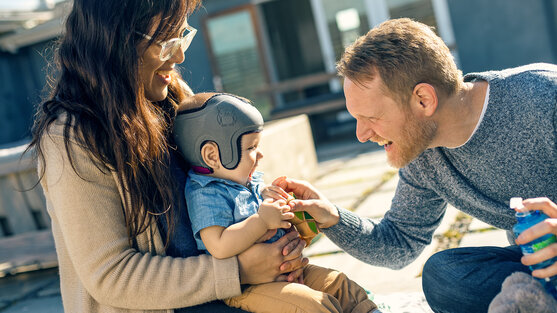


Let yourself be inspired! We follow many interesting patients during their Pohlig appointment and give you personal insights.
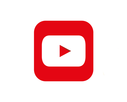
For those who want to delve even deeper into the subject, we have a suitable video for almost every area of treatment!
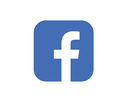
Take a look behind the scenes at Pohlig and learn about different health conditions and our innovative assistive technology solutions!
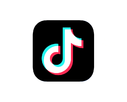
Sometimes funny, sometimes explanatory, sometimes emotional - but above all always entertaining: our videos on TikTok!

